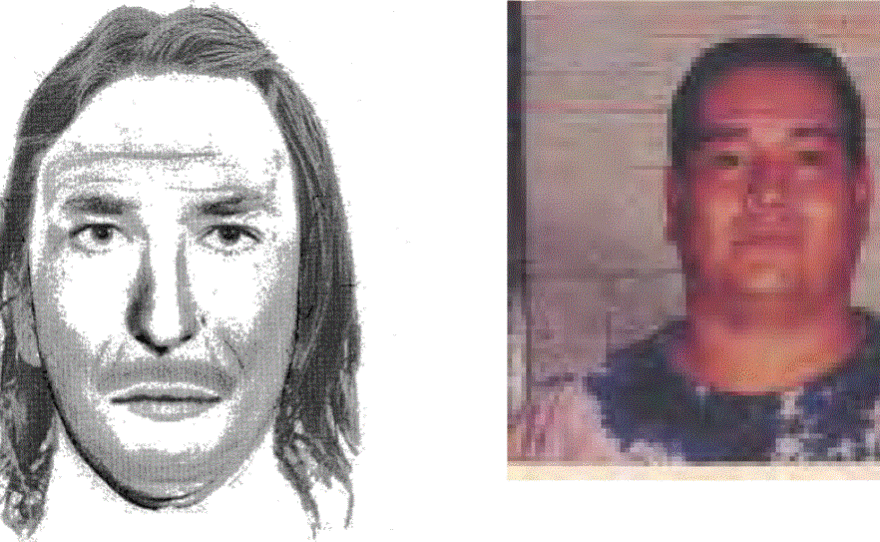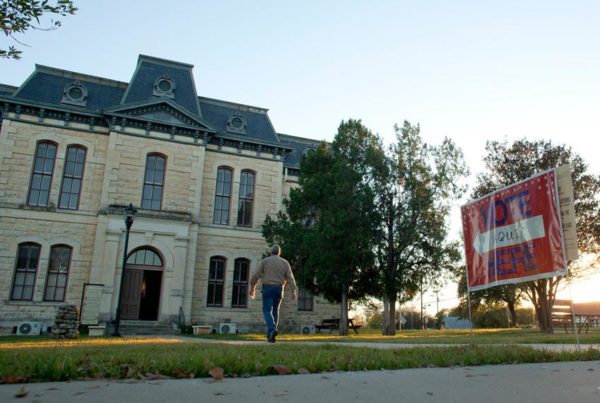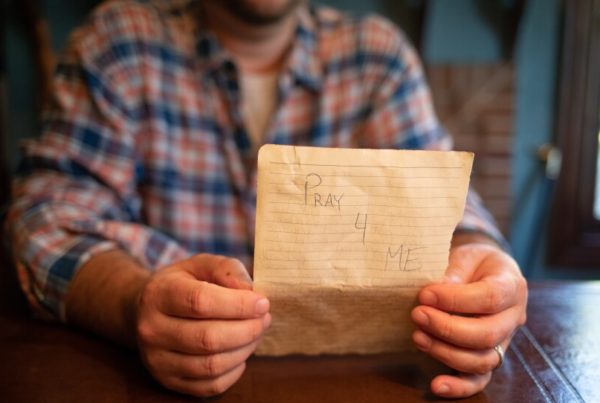From Texas Public Radio:
When police have an eyewitness to a crime but that witness is fuzzy on the details, what can they do? In Texas, police can turn to hypnotizing that witness.
It’s called “forensic hypnosis” — and it’s controversial, even called “junk science” by some. Still, testimony obtained via hypnosis is allowed in Texas courtrooms, and has even been used to send people to death row.
Charles Don Flores was convicted of the 1998 murder of a 64-year-old grandmother in Farmers Branch — a crime he says he didn’t commit.
I met with Flores at the Polunsky Unit in Livingston, Texas where the state houses its death row inmates. He told me what’s he told others about the morning Betty Black was murdered…
“I was at home with Mara my wife,” Flores said.
Witnesses from that morning told police they saw a psychedelic painted VW bug drive up to Betty Black’s home. Two men got out and went into the house. The driver was quickly identified as Richard Lynn Childs. But no one got a good look at the passenger, except for maybe the next door neighbor: Jill Barganier.
Shortly after the murder, she agreed to be hypnotized to sharpen her memory. TPR obtained a recording of that hypnosis session.
Related: Texas Matters: The ‘Magic Movie Theater,’ Hypnosis and Death Row
“My name is Officer Roen Serna. I’m a forensic hypnotist for Farmers Branch Police Department and our witness will be Jill – how do you say your last name? Jill Barganier.”
The interview starts with Serna asking Bargainer what she easily recalls.
“Tell me what do you remember about the incident that day,” he said.
“The first thing I remember is when I looked out the window and I saw a car pulled up into the driveway. I remember it was a VW Bug. And I remember seeing two guys get out,” Bargainer said.
Then, Officer Serna prepares Bargainer to be hypnotized.
“When we get you into a deep state of hypnosis, we’re going to take you into a theater. It’s going to be your own private theater. And basically what it is is that you’re going to be seeing a documentary. You’re going to be seeing a film of the events that occurred on that day. On that morning. Ok?” Serna said.
The witness was told to zoom in on the passenger, starting with his hair.
“I want you to focus and concentrate on his head. You don’t need to look at his face or his clothes. Just concentrate and focus on his head. Can you tell me what his hair looks like? Can you describe his hair?” “Long,” Bargainer said.
“Long?” Serna responded.
She said she saw a thin white man with long hair. Officer Serna presses her on that detail.
“Is his hair short? Is it shaved? Is it neatly cut?” he asked.
“It’s long. Very long,” Bargainer said.
This is all important because the description doesn’t match Charles Don Flores.
“The hypnotized witness said it was a, a medium built, long haired, meth head. You know, man, I ain’t been medium built since about sixth grade,” Flores said.
Flores is a big guy. When he was on the streets dealing drugs, he was known as “Fat Charlie.”
“I’m not white. I always had my hair short,” Flores said.
There was no physical evidence that put Flores at the murder scene; no finger prints, no DNA. No cell phone tracking. And it wasn’t until a year later at Flores’s trial for capital murder that the witness identified him as the passenger in the VW bug. Flores said this should be raising red flags.
“From when she was hypnotized and showed the photo line-up, she’s reading the newspaper every time an article comes up because she’s following the case and she testified that she saw me on TV too in the news report. So she’s seen photos of Charles Don Flores but when it comes time for trial she goes in there and it’s – “Oh my god there he is!” Flores said.
And now he’s on Death Row. His lawyers have argued he should get a new trial because of the role hypnosis played in his conviction. But last year, the Texas Court of Criminal Appeals denied his appeal.
Advocates for removing junk science from the courtroom say the Flores case is a prime example on how things go wrong with forensic hypnosis.














